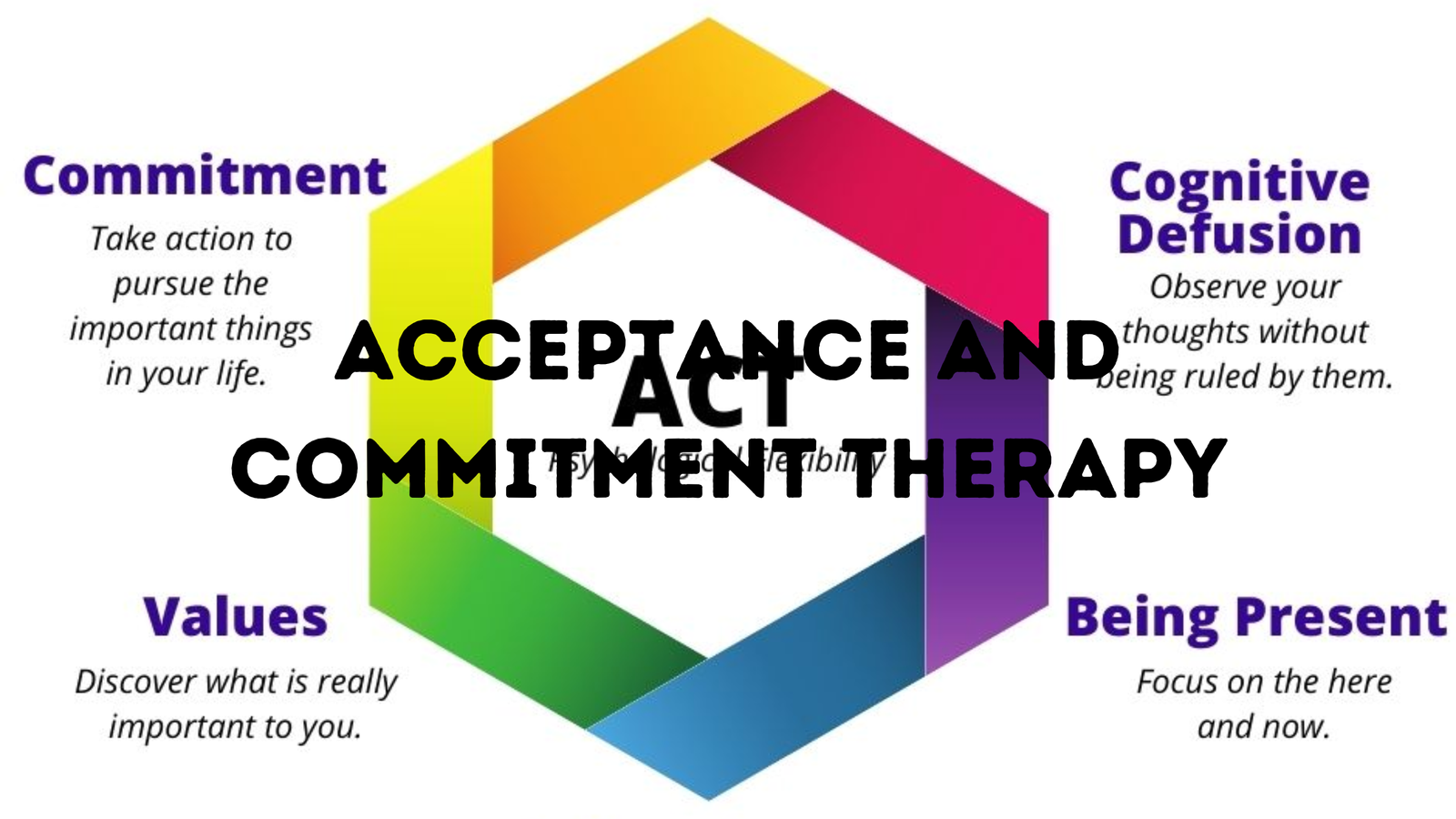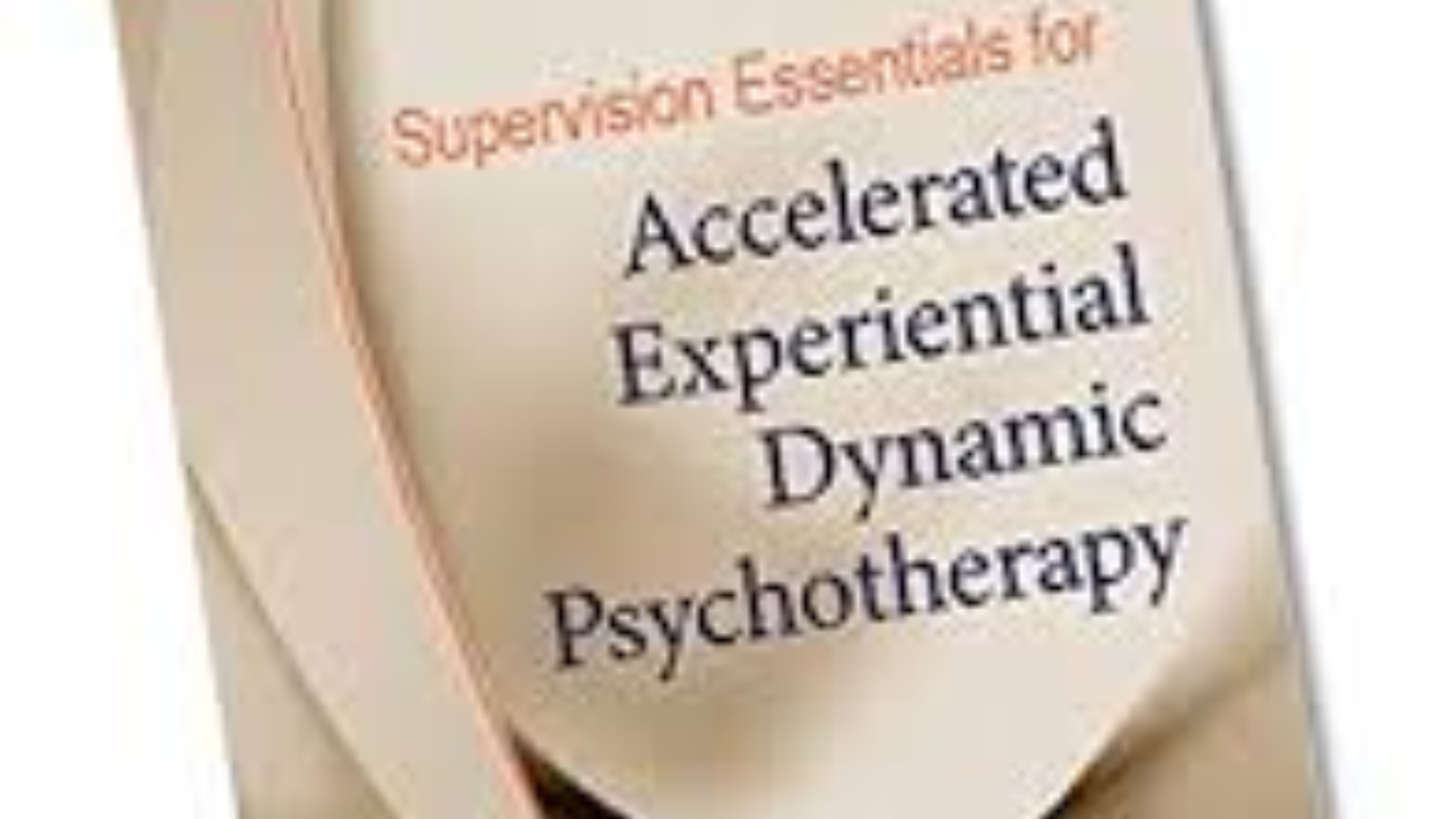
Exploring the World of Art Therapy: Benefits, Treatments, and Self-Care
Introduction
Art therapy is a form of psychotherapy that utilizes the creative process of making art to improve mental, emotional, and physical well-being. It provides individuals with a safe and non-judgmental space to express themselves, explore their emotions, and find healing through artistic creation. In this blog post, we will delve into the reasons for art therapy, various treatment options available, and ways to practice art therapy at home.
Reasons for Art Therapy
Art therapy has gained recognition and popularity due to its numerous benefits for individuals of all ages and backgrounds. Here are some of the key reasons why people engage in art therapy:
- Self-Expression: Art therapy allows individuals to express themselves in ways that words alone cannot capture. Through art, they can communicate their thoughts, emotions, and experiences, fostering a deeper understanding of themselves.
- Stress Relief: Engaging in the creative process can be incredibly calming and therapeutic. Art therapy provides a healthy outlet for stress and anxiety, promoting relaxation and emotional well-being.
- Emotional Healing: Art has the power to evoke and process emotions that may be difficult to express verbally. Art therapy helps individuals explore and release these emotions, facilitating healing and personal growth.
- Self-Discovery: Creating art can uncover hidden aspects of one’s personality, desires, and aspirations. Art therapy encourages self-reflection and self-discovery, leading to a greater sense of self-awareness and self-acceptance.
- Improved Communication: For individuals who struggle with verbal communication, art therapy provides an alternative means of self-expression. It can enhance communication skills, promote social interaction, and improve relationships.
Treatments for Art Therapy
Art therapy can be practiced in various settings, including beauty parlors, hospitals, clinics, schools, and community centers. Here are some common treatments used in art therapy:
- Individual Art Therapy: One-on-one sessions with a trained art therapist, where the individual receives personalized guidance and support to explore their emotions and create art.
- Group Art Therapy: In a group setting, individuals engage in art-making activities led by an art therapist. This fosters a sense of community, encourages social interaction, and provides opportunities for shared experiences.
- Community Art Therapy: Art therapy programs that are integrated into community settings, such as schools or community centers, to promote mental health and well-being among a larger population.
- Expressive Arts Therapy: This approach combines various art forms, such as painting, drawing, music, dance, and drama, to facilitate self-expression and exploration.
- Art-Based Mindfulness: Integrating mindfulness practices with art-making techniques to promote self-awareness, relaxation, and stress reduction.
Home Self-Treatment for Art Therapy
While art therapy is often facilitated by trained professionals, there are ways to incorporate art therapy into your self-care routine at home. Here are some simple practices you can try:
- Art Journaling: Set aside time to create a personal art journal where you can freely express your thoughts, feelings, and experiences through art and writing.
- Mandala Coloring: Engage in the meditative practice of coloring intricate mandala designs, allowing your mind to relax and focus on the present moment.
- Collage Making: Collect images, words, and materials that resonate with you and create a collage that represents your emotions, desires, or goals.
- Painting or Drawing: Pick up a paintbrush or pencil and let your imagination guide your artistic expression. Focus on the process rather than the end result.
- Sculpting or Pottery: Get your hands dirty and engage in the tactile experience of sculpting or pottery. Experiment with different materials and shapes to express yourself.
Remember, the goal of self-treatment at home is not to create a masterpiece but to engage in the process of art-making for personal growth and well-being.
Conclusion
Art therapy offers a unique and powerful way to tap into our creativity and promote emotional well-being. Whether through professional sessions or self-treatment at home, art therapy can help individuals express themselves, reduce stress, heal emotional wounds, and discover new aspects of themselves. Consider incorporating art therapy into your life and experience the transformative effects of this therapeutic practice.
Learn More
Understanding Anger Management: History, Principles, and Benefits
Introduction
Anger is an intense emotional response that everyone experiences from time to time. While anger itself is a normal and natural emotion, it can become problematic when it is not managed effectively. This is where anger management comes into play. In this article, we will explore the history of anger management, the principles behind it, the various types of anger management techniques, and the benefits it can bring.
History of Anger Management
The concept of anger management can be traced back to ancient civilizations. Philosophers such as Aristotle and Seneca emphasized the importance of self-control and moderation in dealing with anger. However, it wasn’t until the 1970s that anger management became a recognized field of study.
What Anger Management Practitioners Do
Anger management practitioners are professionals who specialize in helping individuals identify and control their anger. They use a variety of techniques and strategies to assist their clients in managing their anger effectively. These may include cognitive-behavioral therapy, relaxation techniques, communication skills training, and stress management techniques.
Principles of Anger Management
Anger management is based on several key principles:
- Self-awareness: Recognizing the signs and triggers of anger.
- Self-control: Learning to respond to anger in a calm and controlled manner.
- Effective communication: Developing healthy ways to express anger and resolve conflicts.
- Stress management: Learning techniques to reduce stress and prevent anger from escalating.
Various Types of Anger Management
There are several different approaches to anger management, each tailored to suit individual needs:
- Cognitive-behavioral therapy (CBT): This approach focuses on identifying and changing negative thought patterns and behaviors associated with anger.
- Relaxation techniques: These include deep breathing, progressive muscle relaxation, and meditation to help individuals calm their minds and bodies.
- Anger management classes: Group sessions that provide education, support, and practical skills for managing anger.
- Individual counseling: One-on-one sessions with a therapist who can provide personalized guidance and support.
Benefits of Anger Management
Anger management can have numerous benefits for individuals who struggle with anger-related issues:
- Better relationships: Learning to manage anger effectively can improve communication and reduce conflicts in personal and professional relationships.
- Improved mental health: Anger management techniques can help individuals reduce stress, anxiety, and depression.
- Enhanced physical health: Uncontrolled anger can have negative effects on physical health, and managing anger can lead to better overall well-being.
- Increased self-awareness: Anger management helps individuals gain insight into their emotions and triggers, leading to greater self-awareness and personal growth.
Possible Treatments
When seeking help for anger management, it is essential to consult with a qualified professional who can assess the individual’s needs and recommend appropriate treatments. These may include therapy, counseling, support groups, or a combination of approaches tailored to the individual’s specific situation.
Conclusion
Anger management is a valuable tool for individuals who struggle with anger-related issues. By understanding the history, principles, and various types of anger management, individuals can gain control over their anger and improve their overall well-being. Seeking professional help and utilizing effective anger management techniques can lead to healthier relationships, improved mental health, and a more fulfilling life.
Learn More
A Comprehensive Guide to Adlerian Psychotherapy and its Benefits
Introduction
Adlerian Psychotherapy, also known as Individual Psychology, is a therapeutic approach that focuses on understanding an individual’s unique experiences, subjective perceptions, and social context. Developed by Alfred Adler, an Austrian psychiatrist, in the early 20th century, this holistic and humanistic therapy aims to help individuals gain insight into their behaviors, thoughts, and feelings, and make positive changes in their lives.
History of Adlerian Psychotherapy
Alfred Adler, a contemporary of Sigmund Freud, broke away from Freud’s psychoanalytic theories and developed his own approach to therapy. Adler believed that human behavior is primarily driven by the individual’s striving for significance and belongingness. He emphasized the importance of social factors, such as family dynamics and cultural influences, in shaping an individual’s personality and psychological well-being.
What Adlerian Psychotherapy Practitioners Do
Adlerian Psychotherapy practitioners work collaboratively with their clients to explore their unique life experiences, childhood memories, and current challenges. They aim to uncover the underlying motivations and beliefs that influence the client’s thoughts, emotions, and behaviors. Through a process of reflection and insight, clients can develop a greater understanding of themselves and their relationships, and work towards personal growth and fulfillment.
Principles of Adlerian Psychotherapy
Adlerian Psychotherapy is guided by several key principles:
- Holistic Perspective: Adlerian therapists consider the individual as a whole, taking into account their physical, emotional, social, and spiritual dimensions.
- Social Interest: This principle emphasizes the importance of social connections and the individual’s responsibility to contribute to the welfare of others and society.
- Subjective Perception: Adlerian therapists recognize that each individual has their own unique interpretation of reality, shaped by their personal experiences and beliefs.
- Goal Orientation: Therapy focuses on setting and achieving realistic goals that promote personal growth and well-being.
- Lifestyle Assessment: Practitioners explore an individual’s lifestyle, including their early memories, family dynamics, and patterns of behavior, to gain insight into their current challenges.
Possible Treatments
Adlerian Psychotherapy can be applied to a wide range of mental health concerns, including anxiety, depression, relationship issues, and self-esteem problems. The therapy can be conducted in individual, group, or family settings, depending on the client’s needs and preferences.
Benefits of Adlerian Psychotherapy
Adlerian Psychotherapy offers several benefits for individuals seeking personal growth and psychological well-being:
- Increase Self-Awareness: Through therapy, individuals gain a deeper understanding of their thoughts, emotions, and behaviors, leading to increased self-awareness and self-acceptance.
- Enhance Relationships: Adlerian therapy helps individuals improve their communication skills, develop empathy, and establish healthier relationships with others.
- Promote Personal Growth: By setting and achieving meaningful goals, individuals can experience personal growth and develop a sense of purpose and fulfillment in their lives.
- Improve Coping Strategies: Adlerian Psychotherapy equips individuals with effective coping strategies and problem-solving skills to navigate life’s challenges and setbacks.
- Encourage Social Responsibility: This therapy promotes a sense of social responsibility and encourages individuals to contribute positively to their communities and society as a whole.
Conclusion
Adlerian Psychotherapy offers a holistic and empowering approach to personal growth and psychological well-being. By exploring an individual’s unique experiences, beliefs, and social context, this therapy aims to uncover the underlying factors that influence their thoughts, emotions, and behaviors. With the guidance of a skilled Adlerian therapist, individuals can gain insight, develop coping strategies, and make positive changes in their lives, leading to increased self-awareness, healthier relationships, and a greater sense of purpose and fulfillment.
Learn More
Understanding Acceptance and Commitment Therapy: A Comprehensive Guide
Introduction
Acceptance and Commitment Therapy (ACT) is a form of psychotherapy that focuses on helping individuals develop psychological flexibility and live a more meaningful life. In this article, we will explore the history, principles, types, and benefits of ACT, as well as the role of ACT practitioners and possible treatment options.
History of Acceptance and Commitment Therapy
ACT was developed in the late 1980s by psychologist Steven C. Hayes and his colleagues. It is rooted in the contextual behavioral science tradition, which emphasizes the importance of understanding the context in which behavior occurs. ACT draws from various psychological approaches, including cognitive-behavioral therapy, mindfulness, and acceptance-based interventions.
What Acceptance and Commitment Therapy Practitioners Do
ACT practitioners work collaboratively with their clients to help them identify their values and take committed action towards those values, despite any uncomfortable thoughts, feelings, or sensations they may experience. They assist individuals in developing psychological flexibility, which involves being present in the moment, accepting difficult experiences, and taking actions aligned with one’s values.
Principles of Acceptance and Commitment Therapy
ACT is based on six core principles:
- Acceptance: Acknowledging and making room for unpleasant thoughts and emotions without trying to change or avoid them.
- Cognitive Defusion: Learning to observe thoughts and beliefs without getting entangled or fused with them.
- Being Present: Cultivating mindfulness and being fully engaged in the present moment.
- Self-as-Context: Recognizing that one’s thoughts, emotions, and sensations are transient experiences and not defining aspects of oneself.
- Values: Identifying what truly matters to an individual and using that as a guide for decision-making and behavior.
- Committed Action: Taking purposeful steps towards living a meaningful life in alignment with one’s values.
Various Types of Acceptance and Commitment Therapy
ACT can be delivered in different formats, including individual therapy, group therapy, and self-help resources. It can also be integrated into other therapeutic approaches. Some variations of ACT include:
- Acceptance and Commitment Training (ACT): A brief, skills-based intervention that focuses on developing psychological flexibility.
- Acceptance and Commitment Coaching (ACC): Applying ACT principles in a coaching context to help individuals achieve their goals and enhance performance.
- Acceptance and Commitment Rehabilitation (ACR): Using ACT in the context of physical rehabilitation to support individuals in adjusting to and coping with chronic pain or disability.
Benefits of Acceptance and Commitment Therapy
ACT has shown promising results in treating a wide range of psychological issues, including anxiety disorders, depression, substance abuse, chronic pain, and stress-related conditions. It can help individuals develop greater psychological flexibility, improve emotional well-being, enhance relationships, and increase overall life satisfaction.
Possible Treatment Conclusion
Acceptance and Commitment Therapy is a powerful approach that offers individuals the tools to navigate life’s challenges and live a more meaningful and fulfilling life. By accepting difficult experiences and committing to actions aligned with their values, individuals can develop psychological flexibility and cultivate a sense of well-being. Whether used in individual therapy, group settings, or self-help resources, ACT has the potential to create positive change and improve overall mental health.
Learn More
Accelerated Experiential Dynamic Psychotherapy: An Effective Approach to Emotional Healing
Introduction
Accelerated Experiential Dynamic Psychotherapy (AEDP) is a therapeutic approach that focuses on fostering emotional healing and transformation. It aims to help individuals identify and process deep-seated emotions and traumatic experiences, leading to lasting positive changes in their lives.
History of Accelerated Experiential Dynamic Psychotherapy
AEDP was developed by Dr. Diana Fosha in the 1990s. Drawing from various therapeutic modalities, including psychodynamic, experiential, and attachment theories, Dr. Fosha created a unique approach that emphasizes the importance of creating a safe and supportive therapeutic environment.
What Accelerated Experiential Dynamic Psychotherapy Practitioners Do
AEDP practitioners work closely with their clients to create a strong therapeutic alliance. They provide a safe and non-judgmental space where clients can explore and express their emotions freely. Through a combination of talk therapy, body awareness, and experiential techniques, practitioners help clients delve into their emotions, uncovering underlying patterns and facilitating healing.
Principles of Accelerated Experiential Dynamic Psychotherapy
AEDP is guided by several core principles:
- Emotional Transformation: AEDP focuses on transforming negative emotions into positive ones, allowing individuals to experience profound emotional healing.
- Healing Attachment Wounds: AEDP recognizes the significance of early attachment relationships and aims to address and heal any attachment wounds that may have occurred.
- Embracing and Processing Emotions: AEDP encourages clients to fully experience and process their emotions, helping them release emotional blockages and achieve emotional freedom.
- Creating a Secure Therapeutic Environment: AEDP practitioners prioritize creating a safe and supportive environment where clients can feel comfortable exploring their emotions and vulnerabilities.
Various Types of Accelerated Experiential Dynamic Psychotherapy
There are several different types of AEDP, each tailored to meet the unique needs of individuals:
- AEDP for Couples: This approach focuses on helping couples build secure and loving relationships by exploring and addressing emotional barriers within the partnership.
- AEDP for Trauma: This type of AEDP is specifically designed to help individuals who have experienced trauma. It aims to create a safe space for clients to process and heal from their traumatic experiences.
- AEDP for Anxiety and Depression: AEDP can be effective in treating anxiety and depression by helping individuals identify and address the underlying emotional causes of their symptoms.
Benefits of Accelerated Experiential Dynamic Psychotherapy
AEDP offers several benefits to individuals seeking emotional healing:
- Emotional Resilience: AEDP helps individuals develop emotional resilience, allowing them to navigate life’s challenges more effectively.
- Improved Relationships: By addressing attachment wounds and emotional barriers, AEDP can lead to improved relationships and deeper connections with others.
- Increased Self-Awareness: AEDP encourages self-reflection and introspection, leading to a greater understanding of one’s emotions and behaviors.
- Reduced Anxiety and Depression: AEDP can alleviate symptoms of anxiety and depression by addressing the underlying emotional causes.
Possible Treatments
AEDP can be used as a standalone treatment or in conjunction with other therapeutic approaches, depending on the individual’s needs. The duration of therapy varies depending on the complexity of the issues being addressed, and progress is typically monitored regularly to ensure the effectiveness of the treatment.
Conclusion
Accelerated Experiential Dynamic Psychotherapy is a powerful therapeutic approach that offers individuals the opportunity to heal and transform their emotional well-being. By providing a safe and supportive environment, AEDP practitioners facilitate the exploration and processing of deep-seated emotions, leading to lasting positive changes in clients’ lives.
Learn More
